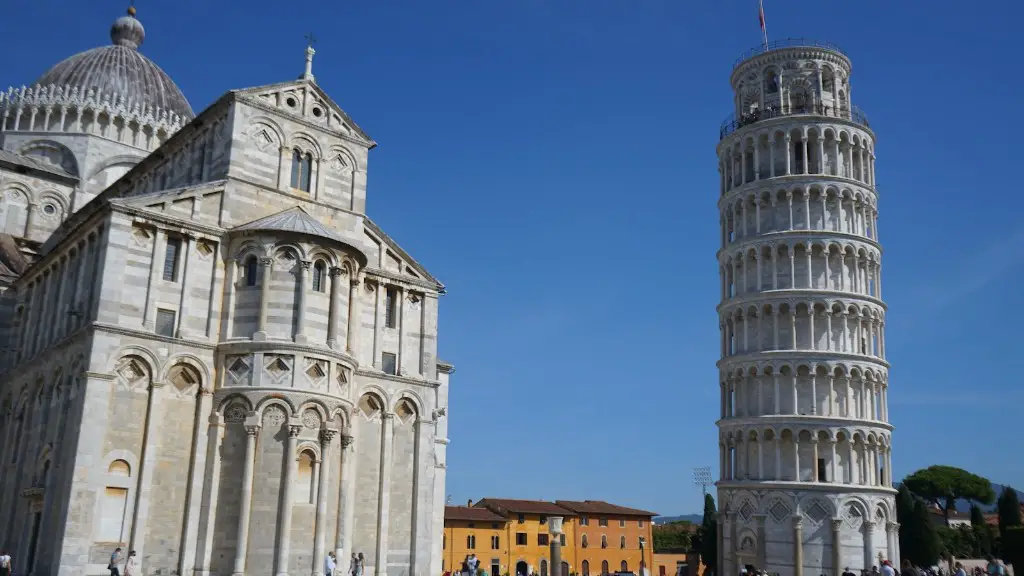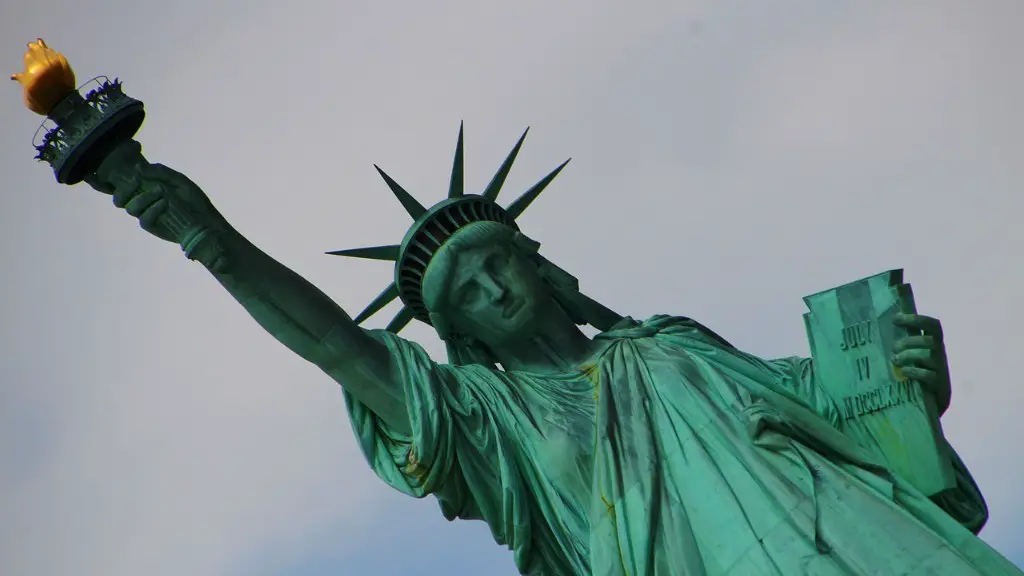Cost of Climbing Mt. Kilimanjaro
Mount Kilimanjaro is the tallest mountain in Africa, standing at 5,895 m above sea level. Every year, thousands of climbers attempt to summit the mountain, drawn by the spectacular views and beautiful landscapes. But what does it cost to climb Mt. Kilimanjaro?
The cost of climbing Mt. Kilimanjaro will depend on the route and type of tour you choose. The cheapest option is an eight-day, group tour on the Marangu Route, which will cost around $1,200 per person. This tour will include all meals, trekking equipments, guides, and porters. Private tours are available and can cost up to $4,000 per person.
The cost of climbing Mt. Kilimanjaro doesn’t just include the tour price. Climbers need to factor in airline costs, visas, and airport transfers. The cost of your flights will depend on where you are flying from and what airline you choose. The cost of a visa is around $50 and airport transfers can range from $40 to $150.
Climbers should also factor in the cost of personal trekking items such as clothing, sleeping bags, and trekking poles. Prices can vary depending on quality and brand, but climbers should expect to spend around $200 on these items. These items are not included in the tour price.
The price of your tour will also include the park fees. Park fees depend on the route you choose, but all routes will include the Kilimanjaro National Park Fee of $70 per person. The Lemosho and Rongai routes also include the Conservation and Crater Fees, which are $100 and $50 respectively.
Finally, climbers should factor in the cost of tips for the porters and guides. This is not compulsory, but is customary. Tips are typically shared among all the guides and porters and should equate to at least 10-15% of the cost of the tour. For example, if the cost of the tour is $2,000 per person, then the tip should be at least $200 per person.
In summary, climbing Mt. Kilimanjaro is an experience of a lifetime and should not be underestimated. It is important to factor in the cost of your airline, visas, trekking items, and tips when financial planning your climb.
The Different Routes on Mt. Kilimanjaro
Mount Kilimanjaro has seven primary routes, each offering unique challenges and scenery for climbers. The Marangu Route is the oldest and most popular route and is known as the ‘Coca-Cola’ route as it has literally become the tourist’s highway. It covers a total distance of 66 kilometers in a strict eight-day climbing period.
The Machame Route is an alternative to the Marangu Route, known for its challenging and steep trek to the top of the mountain. This route covers a total distance of 88 kilometers and is usually done as a five or six-day climb. It is known as the ‘Whiskey’ route, as much of the trek is strenuous.
The Lemosho Route is another alternative to the Marangu Route, and is considered the most scenic and beautiful route. It covers a total distance of 80 kilometers and is usually done as a seven or eight-day climb.
The Rongai Route is the only route that starts from the north side of the mountain. It covers a total distance of 80 kilometers and is usually done as a six or seven-day climb. This is the least crowded route, offering spectacular views and wildlife sightings.
The Shira Route is another alternative to the Marangu Route and is considered the most challenging route. It covers a total distance of 70 kilometers and is usually done as a five or six-day climb. This route offers incredible views, but it is also the most physically demanding.
The Umbwe Route is another alternative to the Marangu Route and is the shortest, but also the steepest route. It covers a total distance of 60 kilometers and is usually done as a five or six-day climb. It’s the least traveled route and is the only one that takes you through the rainforest.
The Northern Circuit Route is another alternative to the Marangu Route and is known for its technical challenge. It covers a total distance of 78 kilometers and is usually done as a nine or ten-day climb. It is the most beautiful and most diverse route, with stunning scenery and diverse ecology.
packing for the trek
Packing for the Kilimanjaro trek is essential for a successful and enjoyable experience. The first step is making a checklist of all the items you need to bring. This list should include items such as waterproof clothing, sun block, toiletries, and first-aid items.
A good sleeping bag is essential for a comfortable night’s sleep on the mountain. Make sure to choose a light, but warm bag, rated for temperatures of -20 degree Celsius or lower. You should also bring a comfortable sleeping pad or mat to insulate you from the cold ground.
You should also pack plenty of snacks and drinks to help keep your energy up during the trek. High-calorie snacks such as nuts, trail mix, and energy bars are ideal. Make sure to also pack plenty of fluids, such as water and electrolyte drinks.
Finally, you should equip yourself with some trekking poles for extra stability during the trek. This can help prevent falls and other injuries. Trekking poles should be light, but sturdy, and adjustable for different terrain.
making use of the equipment
When you are trekking to the summit of Mount Kilimanjaro, making use of the equipment you have packed is essential. Your clothing should be able to hold up to the cold temperatures and moisture. Breathable, waterproof jackets and pants are essential, as well as fleece jackets or sweaters.
Your Nordic poles should also be used to help with stability and balance, as well as providing extra push when climbing on steep terrain. Make sure to have your poles at the right height and angle to maximize their usefulness.
The snacks you packed should help to keep your energy up during the trek. Make sure to have a snack every hour or so to keep your energy levels up. Trail mix or protein bars are both good snacks to have while trekking.
Finally, your sleeping bag and sleeping pad should keep you warm and dry throughout the night. Make sure to wear warm clothing and properly layer your sleeping bag to maximize its effectiveness.
Safety Precautions
Taking safety precautions is essential when climbing Mount Kilimanjaro. Staying hydrated and eating regularly are important steps to take to prevent altitude sickness. Make sure to drink plenty of fluids and eat regularly during the trek.
Carrying the right clothing is also essential for staying safe. Make sure to bring layered clothing and waterproof clothing to keep warm and dry in any kind of weather. You should also have adequate headwear and gloves to protect yourself from the cold.
Your trekking poles can also help to provide extra stability and support while trekking. Make sure to adjust them to the right height and angle to maximize their effectiveness. Don’t forget to bring a small first-aid kit in case any minor injuries occur during the trek.
Finally, make sure to check in with the guides at all times during the trek. The guides are the most knowledgeable and experienced people on the mountain, so make sure to consult with them for any advice or help you may need during the trek.
Acclimatization
Acclimatization is an important part of any Kilimanjaro climb. It is essential to give your body time to adjust to the altitude before attempting the summit. The longer you allow yourself to acclimatize, the more successful your climb will be.
Most climbers should allow at least two days of acclimatization before attempting the summit. This includes slowing down your pace, resting more frequently, and avoiding overexertion. It’s also important to drink plenty of fluids and eat high-calorie meals to help your body adjust to the altitude.
The guides will be able to give advice on how to best acclimatize and reach the summit safely. Make sure to take heed of any advice they give, as they are the most knowledgeable and experienced people on the mountain.
Finally, if you start to feel any effects of altitude sickness, such as dizziness, shortness of breath, nausea, or fatigue, it is essential to let your guides know and immediately descend to a lower altitude. This is the only way to prevent any long-term effects of altitude sickness.
Training and physical fitness
The trek to the summit of Mount Kilimanjaro is physically demanding and preparation is essential. Training beforehand can help to prevent injuries and exhaustion during the climb. Start by doing regular cardio workouts, such as running or cycling. This will help to build up your endurance and help you to adjust to the altitude.
You should also include strength-training in your routine. Exercises such as squats, lunges, and step-ups are all good for building muscle and will help to support you during the climb. Make sure to also do plenty of stretching to ensure flexibility and help to prevent injuries during the trek.
It is also important to stay healthy and well-rested during the climb. Make sure to stay hydrated and eat regularly. Get plenty of sleep in the weeks leading up to the climb, as this will help your body to adjust to the altitude.
The more you train and prepare for the trek, the more successful and enjoyable your experience will be. Make sure that you are fully prepared and start your training program with enough time before the climb.

